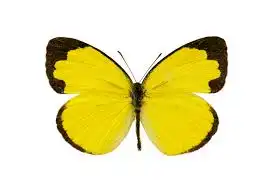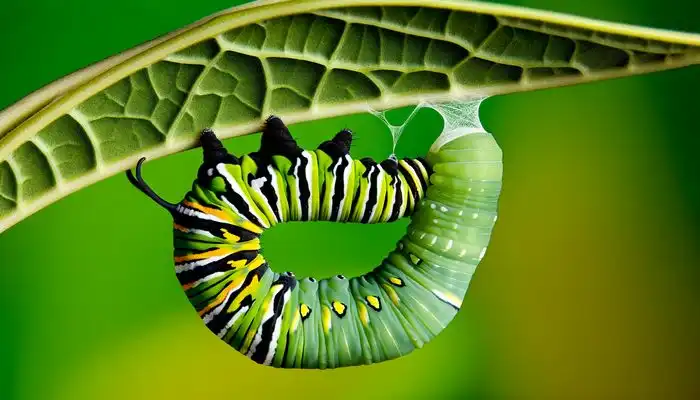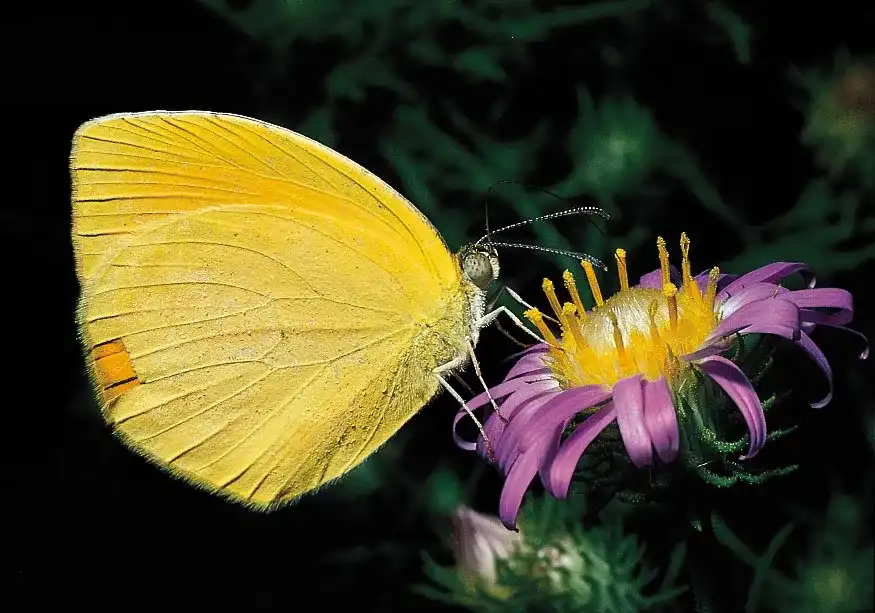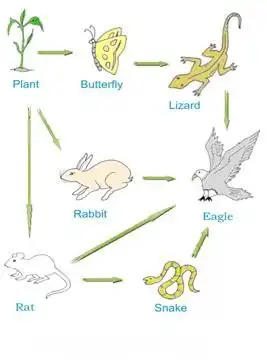India is home to a rich diversity of plants and animals, and among the vibrant creatures that flutter across the landscape is the large grass yellow butterfly. Scientifically known as Eurema Hecabe, this delicate butterfly is one of the most commonly spotted species in the country. Let’s explore what makes this butterfly so special and why nature enthusiasts across India love it.

The Large Grass Yellow: An Overview
The Large Grass Yellow butterfly, also called the Common Grass Yellow, belongs to the Pieridae family. It is widely distributed across India and can also be found in other parts of Asia, Africa, and Australia. Its cheerful yellow wings and dainty flight patterns make it an eye-catching sight in gardens, fields, and forests.

These medium-sized butterflies have a wingspan of about 4 to 6 centimetres. Their upper wings are bright yellow with black edges, while the underside features pale yellow shades with delicate markings, helping them camouflage among dry leaves.

Where Can You Spot Them?
The Large Grass Yellow butterfly thrives in a variety of habitats, including:
- Grasslands
- Gardens and parks
- Forest edges
- Roadside vegetation

One reason for their widespread presence is their adaptability. These butterflies are not picky eaters and can survive in both urban and rural areas. They’re often seen basking in the sun during the early morning or fluttering gracefully around flowers.
The Butterfly’s Favourite Diet
Like all butterflies, the Large Grass Yellow relies on nectar from flowers as its primary food source. Some of their favourite nectar plants include:
- Lantana

- Zinnia

- Marigold

The caterpillars, on the other hand, feed on host plants like Cassia and Acacia, which are crucial for this butterfly’s life cycle. By feeding on these plants, the caterpillars ensure their survival while also contributing to the health of their ecosystem.

Why Are They So Popular?
The Large Grass Yellow butterfly is celebrated for several reasons:
- Ease of Spotting: These butterflies are abundant and can be seen almost year-round, especially during the monsoon season.

- Pollinators Extraordinaire: As they flit from flower to flower in search of nectar, these butterflies play a vital role in pollination, helping plants reproduce.

- A Symbol of Joy: With their bright yellow wings, they bring a splash of colour to any environment, lifting the spirits of those who see them.

- Educational Value: Because they’re so common, the Large Grass Yellow is often used to teach kids about butterfly life cycles and the importance of biodiversity.

Life Cycle of the Large Grass Yellow
The life of a Large Grass Yellow butterfly is a fascinating journey. Here are the four stages of its life cycle:
- Egg: The female lays tiny, elongated eggs on the leaves of host plants.

- Caterpillar: After hatching, the caterpillar begins feeding on the leaves, growing rapidly.

- Pupa (Chrysalis): The caterpillar transforms into a pupa, where it undergoes metamorphosis.

- Butterfly: Finally, the adult butterfly emerges, ready to dazzle the world with its vibrant wings.

The Role of Large Grass Yellow in Ecosystems
These butterflies are more than just pretty insects; they’re important contributors to the environment. Here’s how they help:
- Pollination: By visiting flowers for nectar, they transfer pollen, aiding in the growth of plants.

- Food Source: Birds, spiders, and other predators rely on these butterflies for sustenance, making them a key part of the food chain.

Conservation and Threats
While the Large Grass Yellow butterfly is not endangered, it faces challenges such as:
- Habitat Loss: Urbanisation and deforestation reduce the spaces where they can thrive.

- Pesticides: The use of harmful chemicals in agriculture can affect their population.

To protect these butterflies, we can plant native flowering plants, avoid pesticides, and support conservation initiatives.

Fun Facts About the Large Grass Yellow Butterfly
- They’re known to be quite restless, often flying quickly and rarely staying still for long.
- The underside of their wings resembles dried leaves, providing excellent camouflage from predators.
- These butterflies are active during the day and can often be seen basking in the sunlight.
How Can You Attract Them to Your Garden?
If you’d like to see these butterflies in your garden, try these tips:
- Plant Nectar-Rich Flowers: Include plants like lantanas, marigolds, and zinnias.

- Provide Host Plants: Grow plants such as Cassia and Acacia for their caterpillars.

- Avoid Chemicals: Use organic methods to control pests, as pesticides can harm butterflies.

- Create Sunny Spots: Butterflies love basking in the sun, so leave open areas in your garden.

The Large Grass Yellow butterfly is a true gem of India’s biodiversity. Its bright wings and vital role in pollination make it a favourite among nature lovers. By learning about these fascinating creatures and taking steps to protect them, we can ensure they continue to flutter joyfully across our skies for generations to come.
For more interesting articles, please visit www.kidzherald.com





